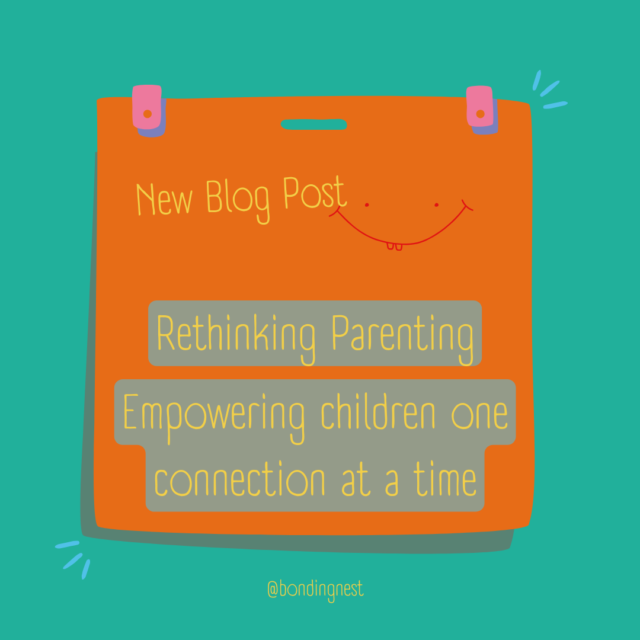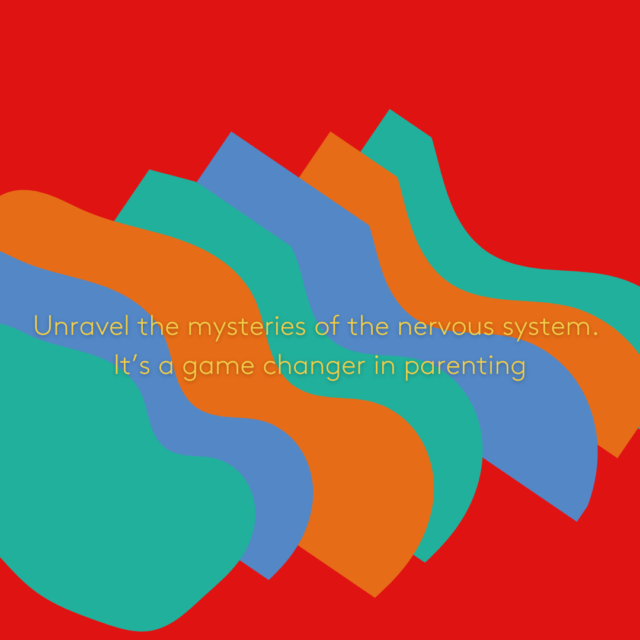The nervous system: your child’s built-in GPS
Picture this: your child’s nervous system is like a GPS that’s still learning the ropes. It’s split into two main systems: the sympathetic nervous system (think of it as the turbo boost that kicks in when they’re faced with a “danger”—like the last cookie being snatched) and the parasympathetic nervous system, which is the calm-down cruise control once the “danger” has passed.
When those little engines rev up, you’ll see the familiar signs of a meltdown—a racing heart, quickened breath, and those classic tears. And here’s the kicker: it’s not just a scene from a parenting horror movie; it’s biology in action! Knowing this helps us respond with empathy instead of frustration.
The science of “why?”
Let’s sprinkle in some science—because what’s a good parenting pep talk without a dash of data? Research shows that kids’ nervous systems are still developing, making them ill-equipped to handle stress like seasoned pros. That tantrum in the grocery store isn’t just a case of being “spoiled”; it’s a classic nervous system response to overwhelm.
For example, if your child loses it over not getting that sugary cereal, it might seem trivial to you. But in that moment, their nervous system is sending alarms, and they’re feeling utterly overwhelmed. By reframing this behavior, you can move from “Why are you doing this?” to “What’s going on in that little body of yours?”
Comforting your child: a little nervous system TLC
Armed with this knowledge, let’s explore some strategies to help your child (and you) find calm in the storm:
- tune in: Pay attention to early signs of distress. Are they rubbing their eyes or clenching their fists? Recognizing these cues can help you intervene before the storm hits.
- breathe together: When emotions run high, take a collective deep breath. You might say, “Let’s blow out those birthday candles!” This not only calms the moment but also reinforces that you’re in it together.
- validate their feelings: Kids need to know their big emotions are valid. You could say, “I see you’re really upset about that. It’s okay to feel sad.” This acknowledgment can help them feel understood, which is half the battle.
- walk in nature: Nature is a magical elixir for stressed-out nervous systems. Research has shown that spending time outdoors significantly reduces stress and boosts mood (Kaplan & Kaplan, 1989). So, grab those tiny hands and hit the trail!
- splash water: Water play is not just for bath time! Splashing in puddles or engaging in water activities can ground your child and redirect their energy. Plus, who doesn’t love a little mess?
- humming or singing: Did you know that humming can be a soothing balm for the nervous system? Engaging in music can create a cozy atmosphere that fosters relaxation and connection (Gordon, 2005).
- create a cozy space: Set up a designated calm corner with soft pillows, stuffed animals, or their favorite book. This little retreat can work wonders when the world feels overwhelming.
- limit screen time: Too much screen time can send their nervous system into overdrive. Encourage breaks and alternative activities like puzzles or arts and crafts—because who doesn’t need a little creativity in their life?
When your own nervous system gets involved
Now let’s talk about you—the parent. We all know parenting can turn even the calmest among us into a live wire. It’s easy to lose your cool when your child is having a meltdown over something that seems trivial. Here’s where understanding your own nervous system comes into play.
Take a moment to check in with yourself. Are you feeling overwhelmed? Stressed? Frustrated? Recognizing your triggers can help you respond with calm instead of chaos. Instead of snapping, try counting to ten or taking a deep breath. Remember, it’s human to feel frustrated; it’s all about how we respond.
Understanding your child’s nervous system is more than just a fun fact—it’s a parenting superpower! By recognizing stress signals, validating feelings, and managing your own emotions, you can create a more peaceful environment for both you and your child.
So, the next time you find yourself in a parenting pickle, remember: it’s not just about behavior; it’s about biology. With a little empathy and understanding, we can navigate this wild ride together.
References:
- Kaplan, R., & Kaplan, S. (1989). The Experience of Nature: A Psychological Perspective. Cambridge University Press.
- Gordon, I. (2005). The Healing Power of Music: A Guide to Creating Your Own Personal Music Therapy Program. North Atlantic Books.







